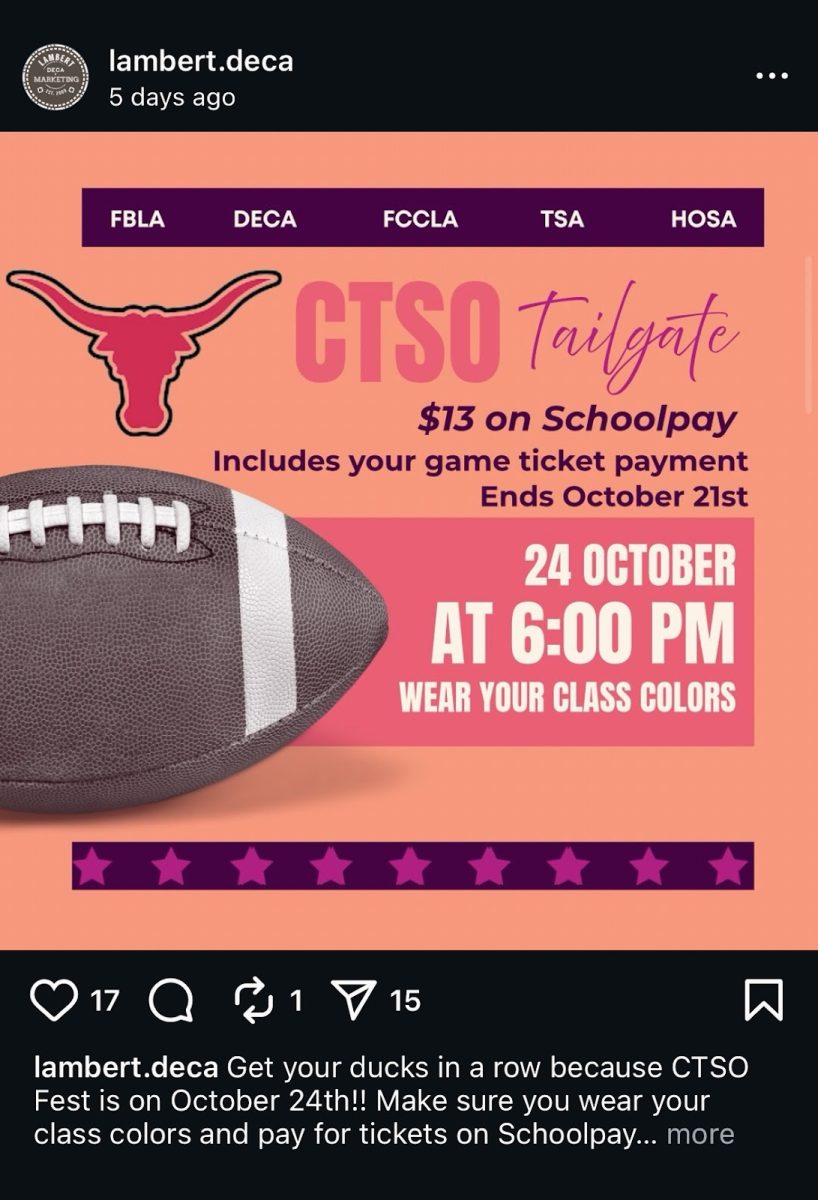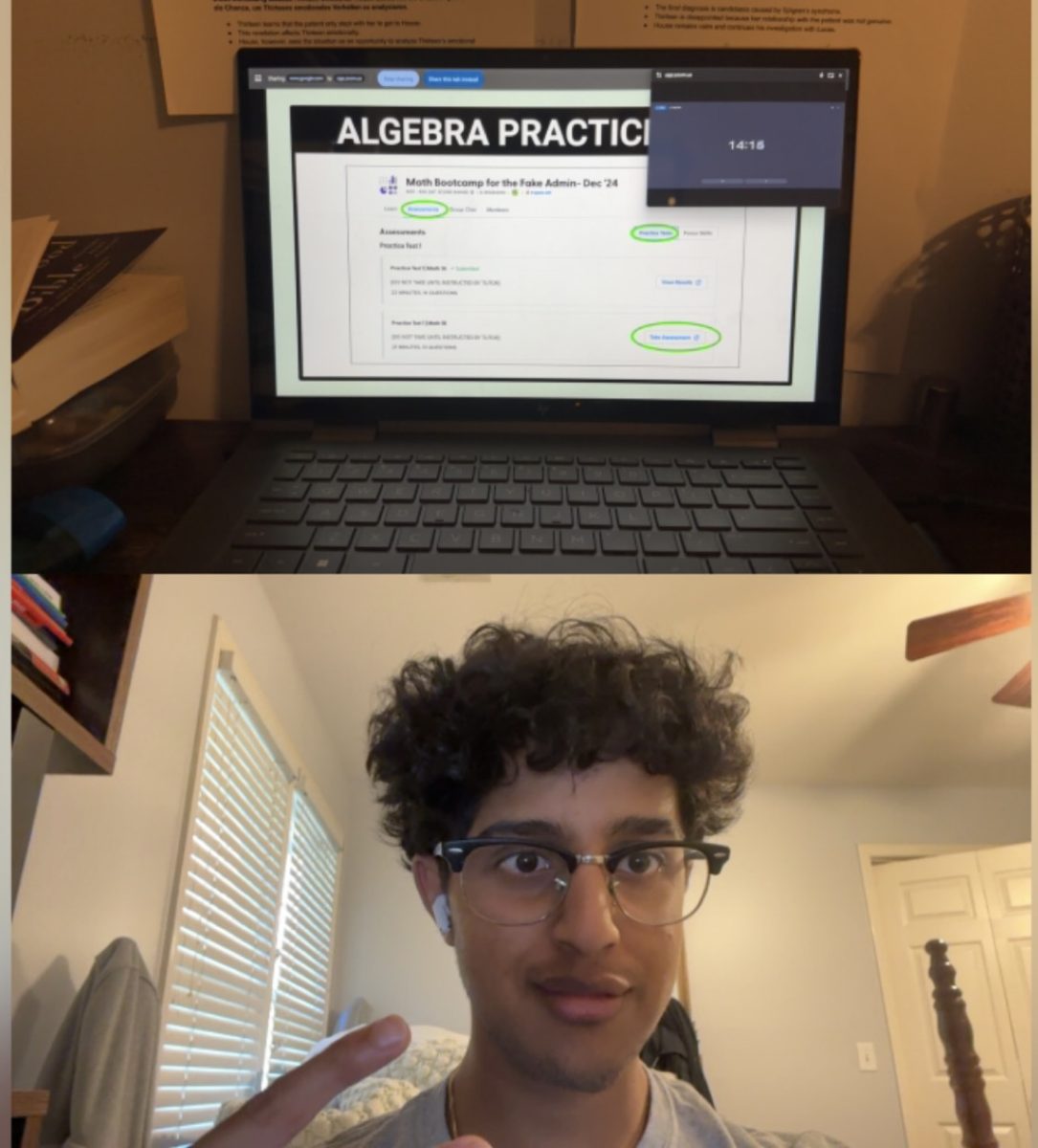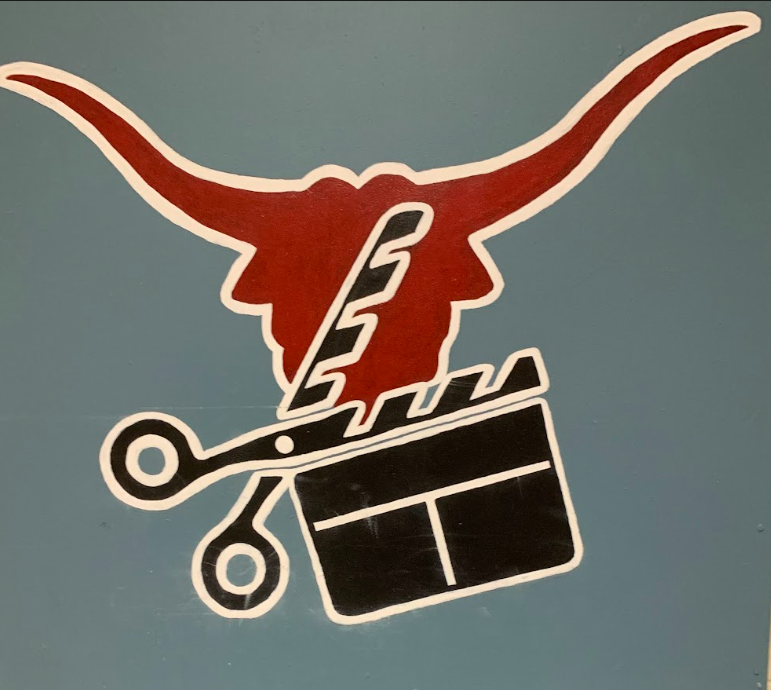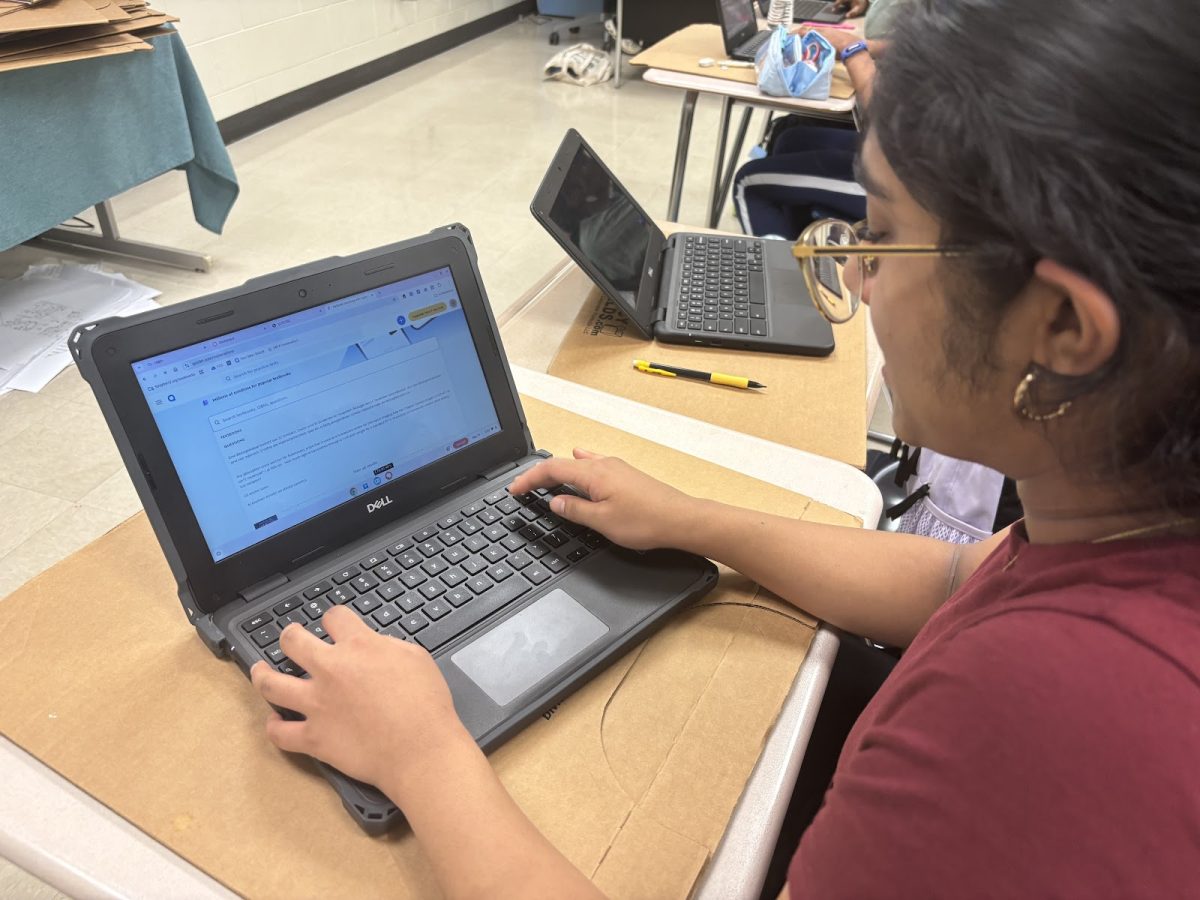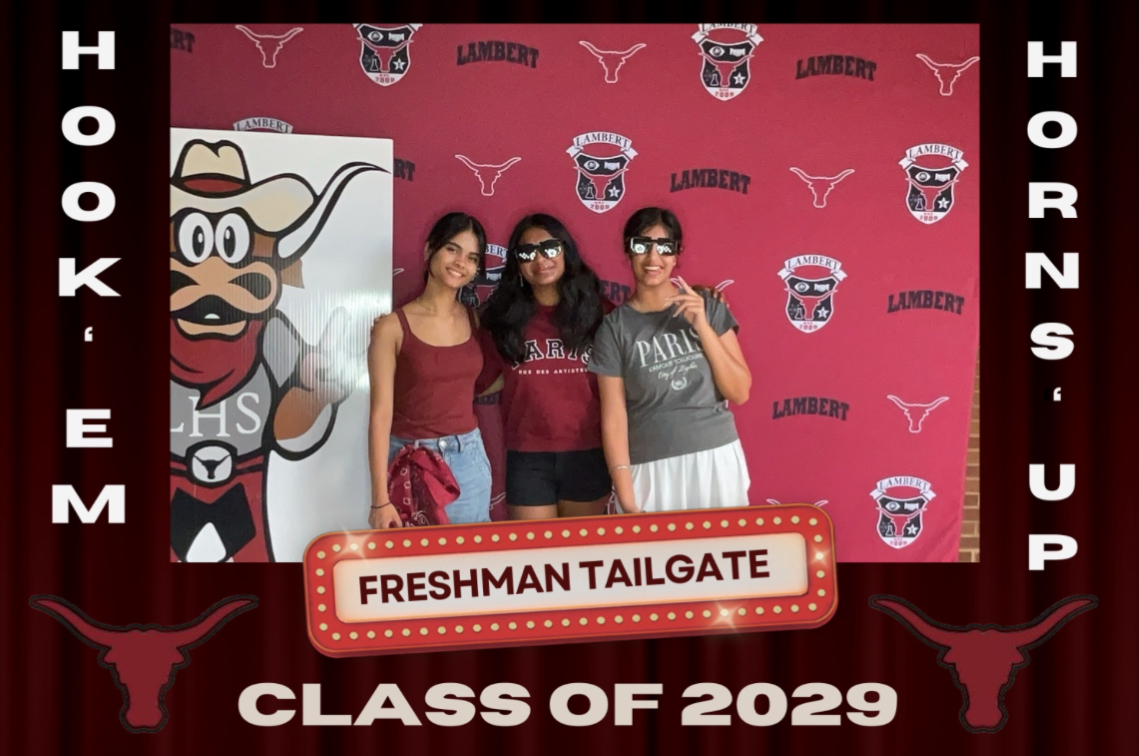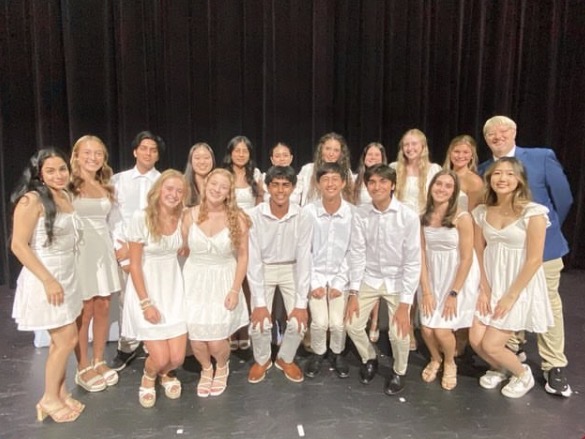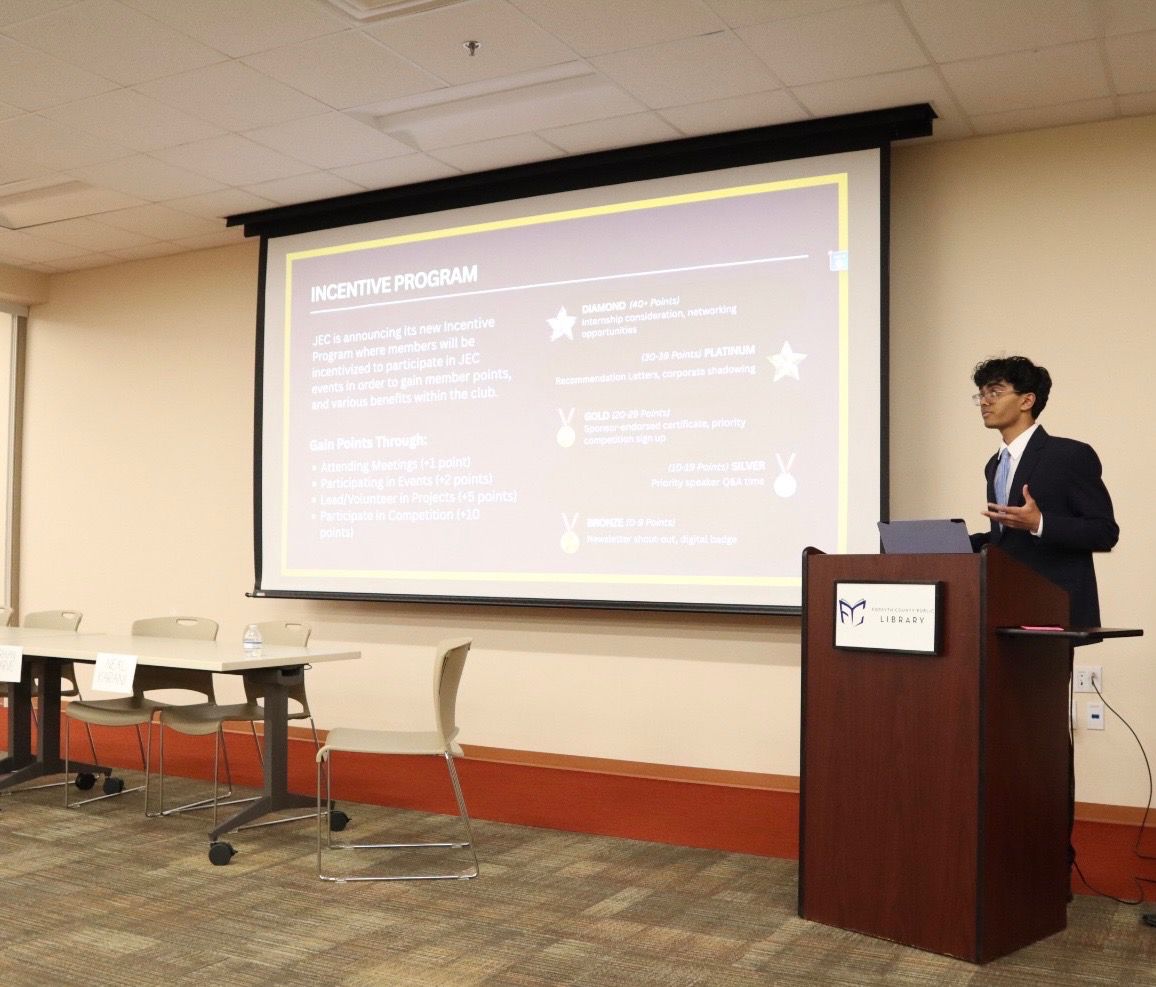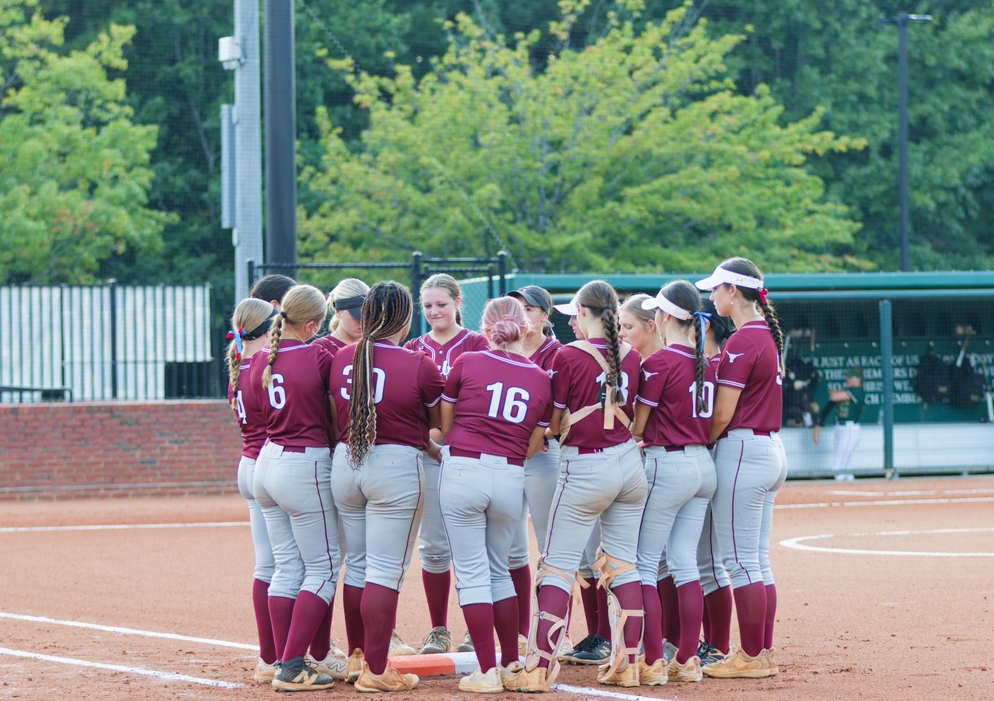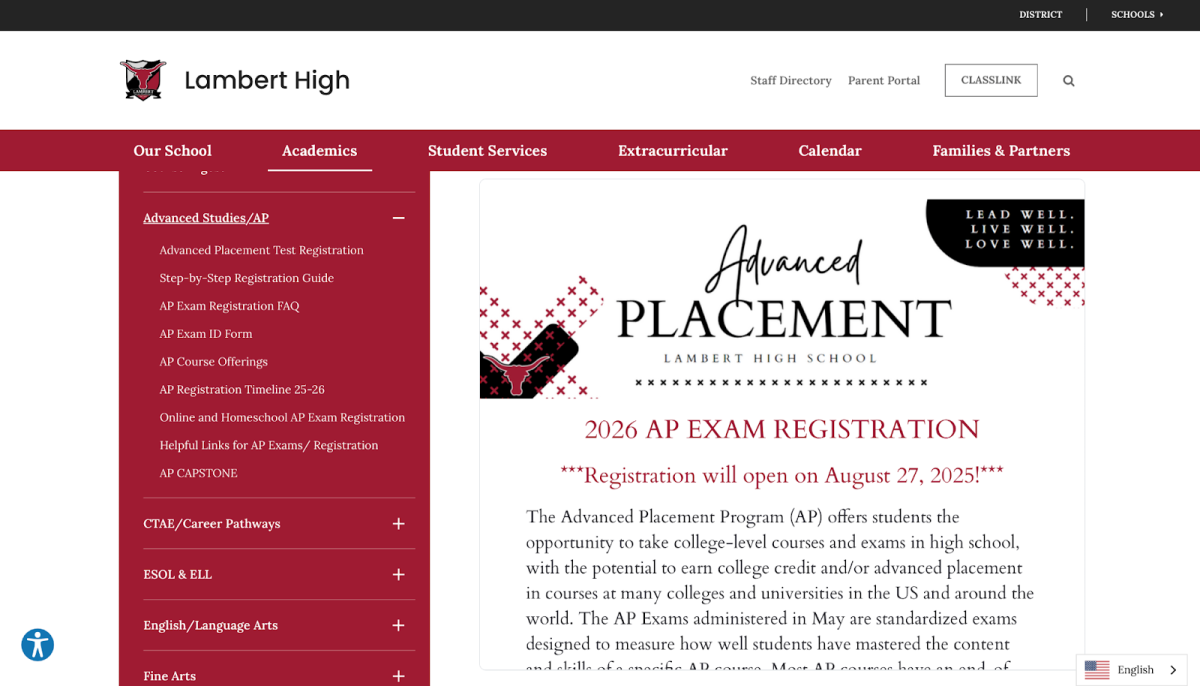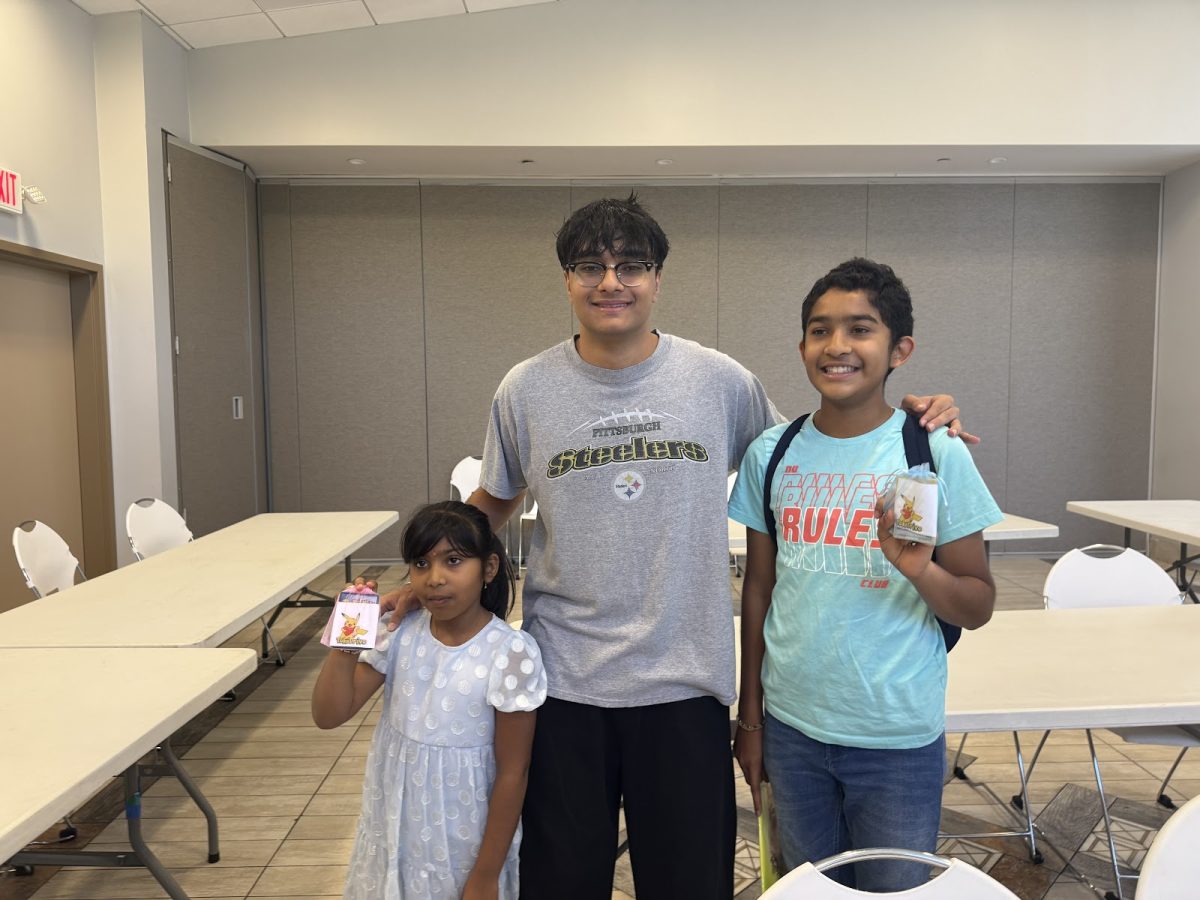People all over the globe use social media for various purposes such as entertainment, news and connecting with others. For them, a major part of life revolves around platforms like TikTok and Instagram, and it’s no different for students at Lambert. They utilize these sites to be up to date with school-wide information and catch up with friends. However, students are not the only ones using social media for school-related activities; clubs and sports are also active on these online platforms. Social media can greatly benefit students by helping them stay connected with school and friends in this fast-paced digital society.
Clubs, in particular, often utilize social media to communicate with students. They post important information on these platforms, such as event announcements and competition deadlines. Students can learn more about these organizations through exploring their social media profiles.
“FBLA, for one, posts a lot and Student Council posts a lot, and then there’s a bunch of other Lambert clubs that you can either join, or interact with or attend events,” freshman Nirvi Baddela said. “And they post all of that on their social media.”
Organizations such as Future Business Leaders of America (FBLA) and Student Council consistently post on different platforms as a form of communication. Specifically, the Student Council regularly posts about important school activities, such as Homecoming. This helps students as it gives them a source of information to rely on. It also allows students to explore opportunities and different events they might be interested in by looking through the club’s profile. Consistently posting on social media helps clubs share information with students and reach an audience outside of Lambert, such as parents, alumni and community members. This leads to more recognition and support for the club which helps with funding and involvement. Additionally, creating a constant network of communication can help fuel interest and collaboration among students in these organizations.
For example, DECA uses social media to their advantage by posting details about their club and fun videos to increase engagement. They also upload polls and student spotlights to gain insights into students’ thoughts and opinions. This leads to more content relevant to members and fosters increased participation.
“So, the main way that we utilize social media is by having DECA officers in charge of social media… and together we create a calendar of events that we want to happen,” Ms. Cassidy Mazzei, a DECA adviser, explains. “It has a theme every single year, and typically what we try to do is have it relate to things that students are doing, or events that are coming up.”
By allowing students to contribute to the club’s online activities, such as posting achievements or competition information, it gives them an opportunity to display their collaboration abilities. Students can learn to take feedback from peers, generate ideas and eventually create posts for everyone to enjoy. Overall, this process can be extremely helpful to students as they can present unique skills and benefit the club by posting a timeline of events relating to activities.
Furthermore, social media also allows students to stay connected with each other. It can increase positive interactions with peers, which drives stronger relationships, cherished memories and lifelong friendships.
“I do think that kind of helps with the engagement between students,” Ms. Mazzei said. “We’ll see them sometimes share those posts as well, and then there’s just that side of engagement, of reposting, and like students commenting to each other.”
Social media encourages interaction between students beyond the classroom. When people like or comment on a peer’s post, it demonstrates engagement and interest in their classmates’ achievements and experiences. This leads to a supportive environment in the school as students are actively helping one another. Online platforms like TikTok or Instagram allow students to showcase their accomplishments and provide opportunities for students to express themselves through photos, videos or written posts and find others who share similar interests.
However, students who do not have phones or social media can be at a disadvantage because they can not get the necessary information from these platforms. It will be harder to stay involved with various activities throughout the school and they will need to rely on other sources to keep up with happenings. Additionally, it will be more difficult to stay connected to friends. When these students are left out of online groups, they miss out on special events. This can lead to feelings of loneliness and isolation.
Despite these issues, most students have social media or a reliable source of information so they feel connected to their peers and included in activities.
Ultimately, social media allows students to connect with school related activities, from clubs to sporting events, while supporting each other through positive interactions online. In today’s digital age, it’s more important than ever to build a vibrant and exciting school community where every student feels connected and valued.



